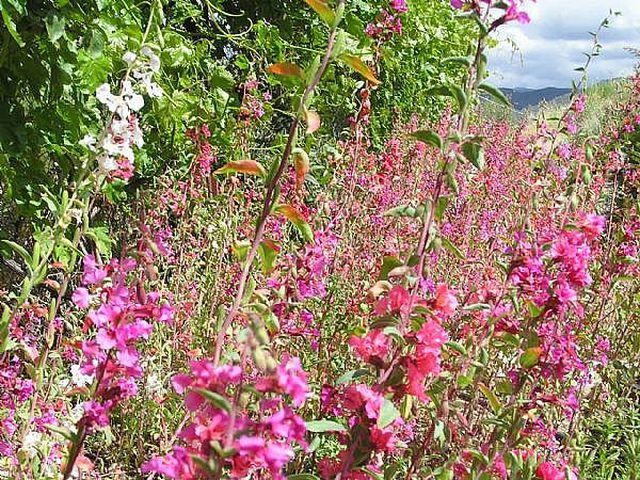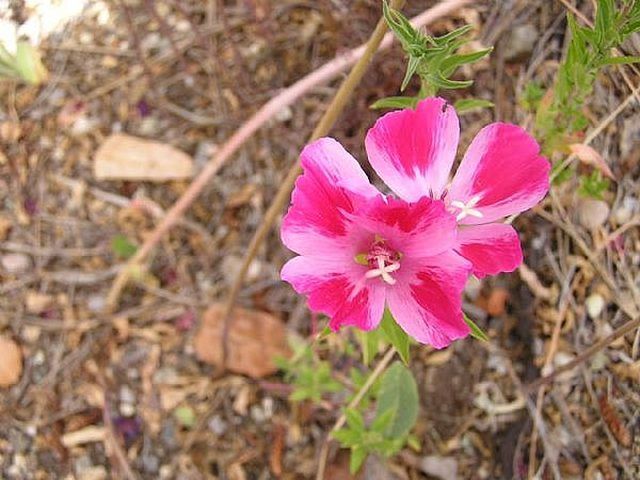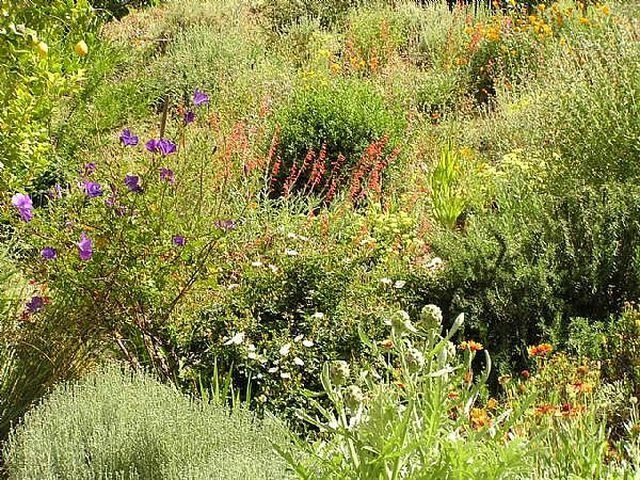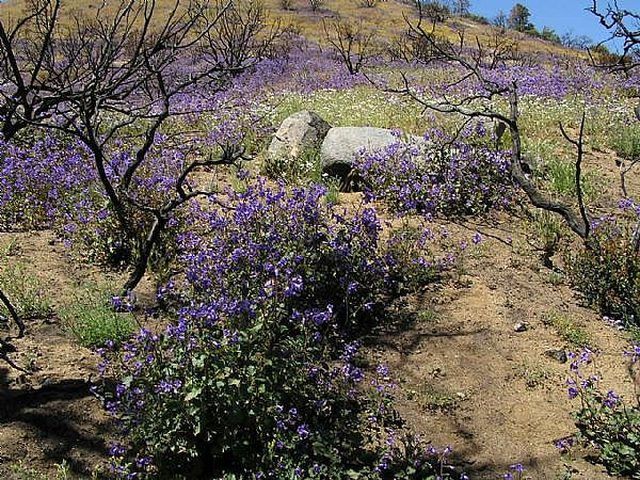Bulbs
Flower Basics
Flower Beds & Specialty Gardens
Flower Garden
Garden Furniture
Garden Gnomes
Garden Seeds
Garden Sheds
Garden Statues
Garden Tools & Supplies
Gardening Basics
Green & Organic
Groundcovers & Vines
Growing Annuals
Growing Basil
Growing Beans
Growing Berries
Growing Blueberries
Growing Cactus
Growing Corn
Growing Cotton
Growing Edibles
Growing Flowers
Growing Garlic
Growing Grapes
Growing Grass
Growing Herbs
Growing Jasmine
Growing Mint
Growing Mushrooms
Orchids
Growing Peanuts
Growing Perennials
Growing Plants
Growing Rosemary
Growing Roses
Growing Strawberries
Growing Sunflowers
Growing Thyme
Growing Tomatoes
Growing Tulips
Growing Vegetables
Herb Basics
Herb Garden
Indoor Growing
Landscaping Basics
Landscaping Patios
Landscaping Plants
Landscaping Shrubs
Landscaping Trees
Landscaping Walks & Pathways
Lawn Basics
Lawn Maintenance
Lawn Mowers
Lawn Ornaments
Lawn Planting
Lawn Tools
Outdoor Growing
Overall Landscape Planning
Pests, Weeds & Problems
Plant Basics
Rock Garden
Rose Garden
Shrubs
Soil
Specialty Gardens
Trees
Vegetable Garden
Yard Maintenance
How to Design and Plant a Wildflower Garden
How to Design and Plant a Wildflower Garden. There is a different choice of wildflowers for every part of the country. The fun part is to get familiar with the ones in your area and then to figure out where a wildflower garden will fit best into your landscape. Here are some suggestions on how to design and plant a wildflower garden.

There is a different choice of wildflowers for every part of the country. The fun part is to get familiar with the ones in your area and then to figure out where a wildflower garden will fit best into your landscape. Here are some suggestions on how to design and plant a wildflower garden.
To design a wildflower garden, you will want to find an open location where this informal, low maintenance garden will look natural. Choose a space that offers the sunlight that is appropriate to the wildflowers you want to plant. Or go the other way around and choose the wildflower types to fit the exposure you already have. There are shade lovers, sun lovers and those that like something in between.

Design out the shape your want for your wildflower garden. Once again, you can mark out a space and plant it accordingly, or you can allow your garden to tell you where wildflowers can simply fill in an otherwise unused area. If you are actually designing the shape of your garden, make the outline flow naturally. A formal square or circle will usually clash with the informality of a wildflower garden.
A wildflower garden is ideal on hillsides to stop erosion or on flat areas where a large area needs to be covered. Design wildflower gardens into open areas that surround planter beds rather than expecting your wildflowers to fit into more controlled parts of the landscape. A wildflower garden will look best were it is informal, though there is no reason not to scatter specific wildflowers into pre-planted gardens where the flower's form and shape blends well with other plants.

Remove any weeds, lawn or other materials where you are planting your wildflower garden. Avoid turning over the soil as it will probably bring up more weeds. Clearly, if you are planting wildflowers native to your area, you won't have to amend the soil or do any other major preparations.
Sew seeds in accordance with the directions of the seeds you are using. Thick seeding will give you a fuller carpeting of plants. Thinner seeding will look more delicate. Seeding is the most practical way to plant a wildflower garden, especially in larger areas. You can inter-plant with native plants purchased in pots for a more sculptured look. Planting potted plants is the best way to add larger flowers, shrubs or trees to your wildflower garden.

Sow seeds in drifts over open fields or hillsides. Nature tends to grow groups of the same plants together with occasional scatterings of another visiting species.

If you are planting fine seed, try mixing it with sand before scattering. It will distribute more evenly that way.
Keep weeds removed. This is one of the most important parts of growing a successful wildflower garden. Make sure you know what your planted seeds will look like when germinating so you don't pull them out along with the weeds.
By locating your wildflower garden in the right area with the right plants, planting with seeds and the occasional potted plant, and keeping the area clean of competing weeds, you should be able to design and plant a colorful and low maintenance wildflower garden with minimal effort.